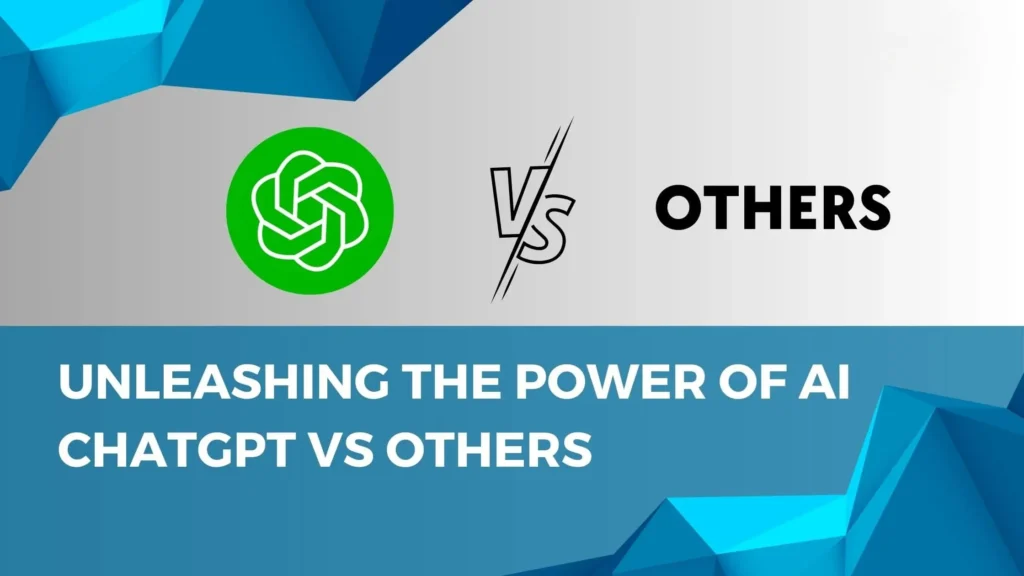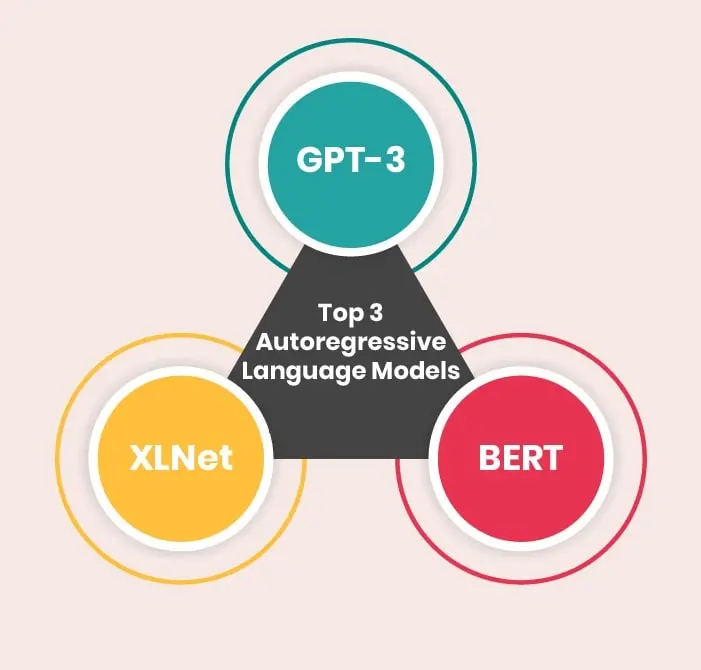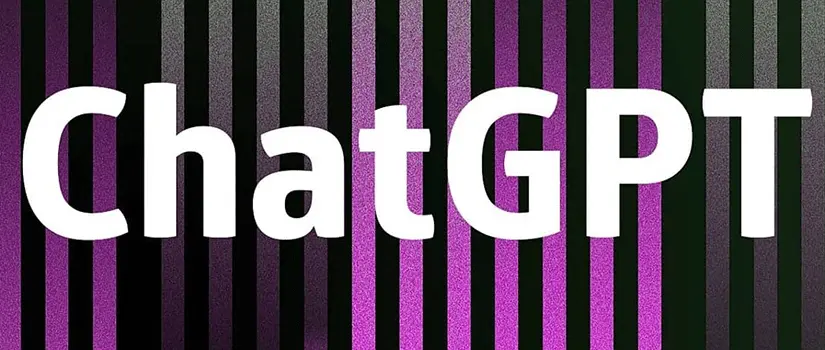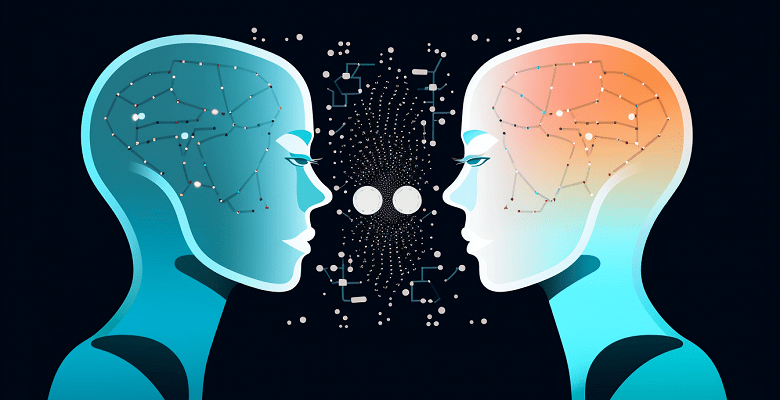Unveiling the Battle of Titans: ChatGPT vs. Other Language Models
ChatGPT vs. Other Language Models: In the vast landscape of artificial intelligence, language models play a pivotal role in enabling natural language understanding and generation. Among the myriad of language models available today, ChatGPT stands as a formidable contender, renowned for its conversational prowess and versatility.
However, it is essential to contextualize ChatGPT within the broader ecosystem of language models and understand how it compares to its counterparts. In this comparative analysis, we delve into the strengths and weaknesses of ChatGPT relative to other language models, shedding light on the nuances of their capabilities and performance.

ChatGPT: The Conversational Virtuoso
ChatGPT, developed by OpenAI, has garnered widespread acclaim for its ability to generate human-like text and engage in natural conversations. Powered by the transformer architecture and trained on vast amounts of text data, ChatGPT excels in understanding context, generating coherent responses, and adapting to diverse conversational styles.
Its strengths lie in its flexibility, scalability, and ease of use, making it a popular choice for various applications, including virtual assistants, chatbots, and content generation.
Other Language Models: A Diverse Landscape
While ChatGPT is undoubtedly a frontrunner in the realm of conversational AI, it is not alone in the arena of language models. Several other models, each with its unique architecture and training methodology, vie for dominance in the field. Some notable examples include:
BERT (Bidirectional Encoder Representations from Transformers): Developed by Google, BERT is renowned for its bidirectional approach to language understanding, enabling it to capture context from both left and right contexts in a sentence. It has achieved impressive results across a wide range of natural language processing tasks, including text classification, question answering, and sentiment analysis.
GPT-3 (Generative Pre-trained Transformer 3): The predecessor to ChatGPT, GPT-3 is a larger and more powerful version of the GPT series developed by OpenAI. With 175 billion parameters, GPT-3 boasts unparalleled generative capabilities and can produce highly coherent and contextually relevant text across diverse prompts. It has been hailed for its ability to perform a wide range of natural language understanding and generation tasks.
XLNet: Developed by Google, XLNet introduces permutation-based pre-training objectives, allowing it to capture bidirectional context like BERT while maintaining the autoregressive property of language models like GPT. XLNet has demonstrated state-of-the-art performance on various benchmarks and is known for its robustness and versatility.

Comparative Analysis: Strengths and Weaknesses
When comparing ChatGPT to other language models, several factors come into play, including model architecture, training data, computational resources, and evaluation metrics. Here’s a comparative analysis of their strengths and weaknesses:
- Strengths of ChatGPT:
- Conversational fluency and coherence
- Adaptability to diverse conversational styles
- Ease of fine-tuning for specific tasks or domains
- Extensive pre-trained knowledge base for general-purpose applications
- Weaknesses of ChatGPT:
- Limited contextual understanding over long conversations
- Susceptibility to generating factually inaccurate or biased responses
- Resource-intensive training and inference requirements for large-scale models
- Challenges in controlling or guiding the generation process for specific outputs
In contrast, other language models may excel in certain areas where ChatGPT has limitations. For example, BERT may outperform ChatGPT in tasks requiring precise semantic understanding, while GPT-3 may surpass ChatGPT in generating highly creative or contextually rich text.

Navigating the Complex Landscape
In conclusion, the comparison between ChatGPT and other language models is not a straightforward endeavor but rather a nuanced exploration of their respective strengths and weaknesses. While ChatGPT shines in its conversational capabilities and adaptability, it is essential to recognize the diverse landscape of language models and understand their relative merits in different contexts. By leveraging the strengths of each model and mitigating their weaknesses, researchers and developers can harness the full potential of AI language models to drive innovation and empower users in various domains. 🌐
Dive into the Well of your Thoughts and Let’s Paint our Digital Canvas Together! ️
Your Musings, Questions, or Simple Hellos are the Strokes that Shape our Shared Narrative. ✨ Click “Contact Me” to Contribute, and Don’t Forget to Leave a Comment Below!
Until our Next Masterpiece, Keep Reading! ✨
– Sudhir Soni

